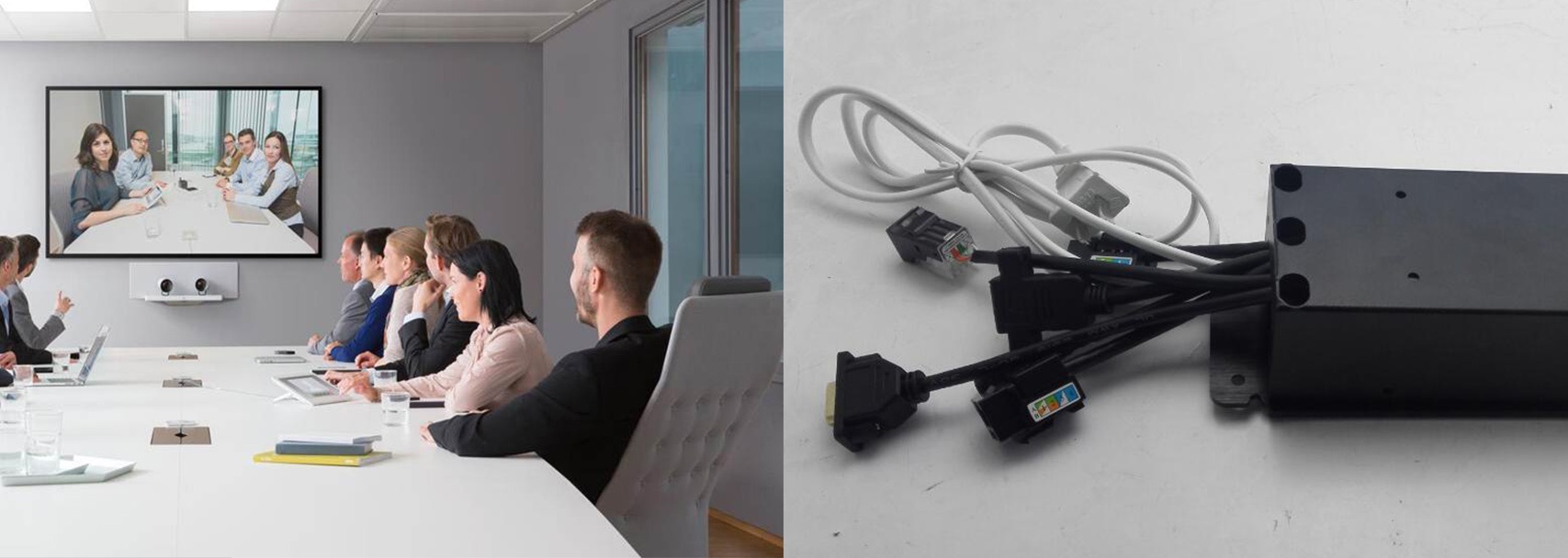Technology is constantly evolving with new products hitting the market daily. However, the latest hardware and software may not be the best fit with your company’s needs. Before undertaking any IT initiative, it is important to examine the impact of change on the overall business.
- Company objectives and goals. Your executive team has a vision for the business that may cover a few years. A proposed IT change may impact timelines for approved projects and campaigns. It is important to understand expectations of the business and place them against the benefits of the proposed technology such as wireless presentation. You should explore if the change will help to reach goals more efficiently.
- Business processes. Across the company, each team or individual may have its own way of doing business. If documented, standard operating procedures should help IT understand how changes can enhance or hinder existing processes. Business intelligence, systematic workflows and resource management need to be reviewed to get a clear picture of the current operational landscape. You should also include any third parties to limit any disruptions in services.
- Employee satisfaction. Employees rely on technology for their performance. Changes in hardware and software will often require time for training, based on skill and comfort level. Therefore, it’s important to understand who will be impacted by the change, how they are currently working and why the initiative is necessary. By acknowledging the employee in the decision-making process, it will be easier to adopt new technology across the company.
- Customer satisfaction. Your end-user may be outside of the company. Technology changes can impact your back-end processes as much as your front-end display. For instance, if your business has an e-commerce site, it is important to make sure those changes are seamless to the customer. A disruption in their access to your brand can be hurt your company.
Consider the following when creating a proposal for an IT initiative:
- Present performance data on current situation where a change may be necessary
- Speak with colleagues and partners about current processes to identify opportunities for improvement
- Review standard operating procedures and workflows
- Outline the potential benefits and disadvantages of proposed initiative
- Create a schema and timeline of implementation/integration



